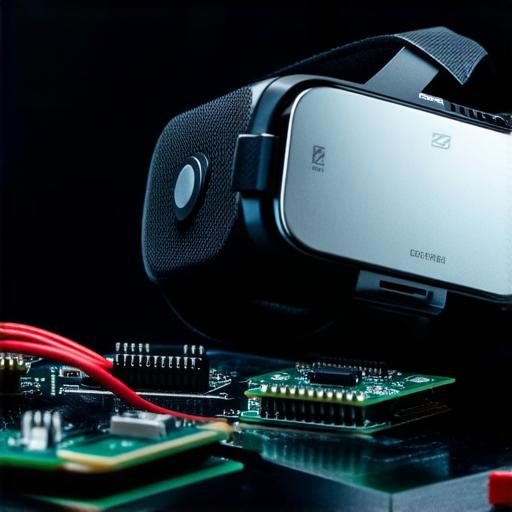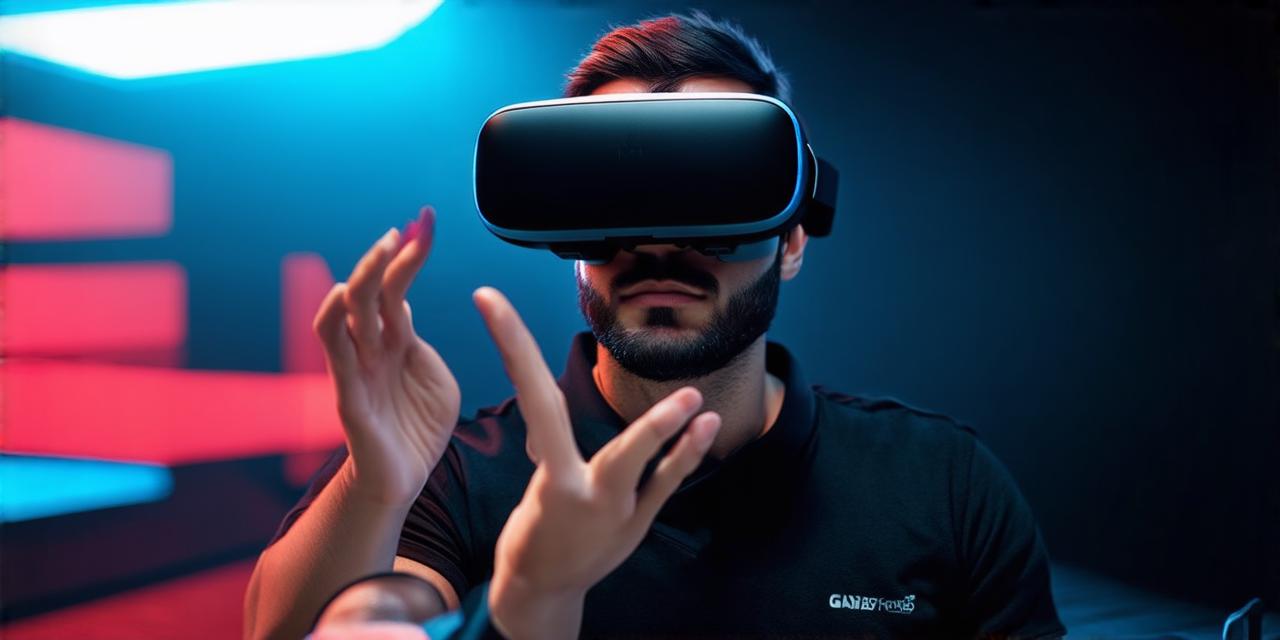1. Understanding User Needs
Before developing an immersive VR experience, it’s essential to understand the needs of your users. You must identify their pain points, motivations, and goals to design a VR environment that meets their requirements. For instance, if you are designing a VR training program for healthcare professionals, you need to understand their learning objectives, preferences, and limitations. By doing so, you can create a personalized and effective VR training experience that enhances user engagement and retention.
2. Choosing the Right Platform and Tools
There are several VR platforms and tools available in the market, each with its strengths and weaknesses. Some popular VR platforms include Unity, Unreal Engine, A-Frame, and WebVR. Each platform has its own set of features, integrations, and performance characteristics, so you need to choose the one that best fits your project requirements.
When selecting tools for VR development, it’s crucial to consider factors such as ease of use, scalability, cost, and community support. You can also leverage third-party libraries, plugins, and assets to speed up the development process and enhance the functionality of your VR application. Some popular VR development tools include Blender, Maya, 3DS Max, and Substance Painter.

3. Designing a Compelling Storyline and Narrative
A compelling storyline and narrative are essential components of an immersive VR experience. You need to create a sense of presence and engagement by designing a story that resonates with your users’ emotions and motivations. The story should be interactive, dynamic, and adaptable to the user’s choices and actions.
One way to achieve this is by incorporating branching narratives, which allow users to make decisions that affect the outcome of the story. You can also use environmental storytelling techniques, such as hidden clues, puzzles, and Easter eggs, to encourage exploration and discovery. By doing so, you can create a memorable and engaging VR experience that keeps users coming back for more.
4. Optimizing Performance and Usability
Optimizing performance and usability is critical to creating an immersive VR experience that doesn’t cause motion sickness or discomfort. You need to ensure that your VR application runs smoothly, with minimal lag and stuttering, and that the controls are intuitive and easy to use.
Some factors that can affect performance include frame rate, resolution, and fov (field of view). To optimize performance, you can leverage techniques such as occlusion culling, level of detail (LOD) management, and texture compression. You can also use motion sickness-reducing techniques such as Vsync, smooth camera movement, and limited camera FOV.
5. Testing and Iteration
Testing and iteration are essential to refining and improving your VR experience. You need to test your VR application with a diverse group of users to identify areas for improvement and ensure that it meets their needs and expectations. You can also leverage user feedback to iterate on your design and make adjustments as needed.
One way to gather user feedback is by conducting usability tests, surveys, or focus groups. You can also use analytics tools to track user behavior, such as dwell time, engagement rate, and completion rate, to identify areas for improvement. By doing so, you can create a VR experience that is both engaging and effective in achieving your project goals.
Case Study: Virtual Store Tour
A virtual store tour is an immersive VR experience that offers customers the opportunity to explore a store’s products and layout without leaving their homes. One successful virtual store tour is the IKEA Place app, which uses AR technology to let users place furniture in their home before buying it. By offering a personalized and interactive shopping experience
